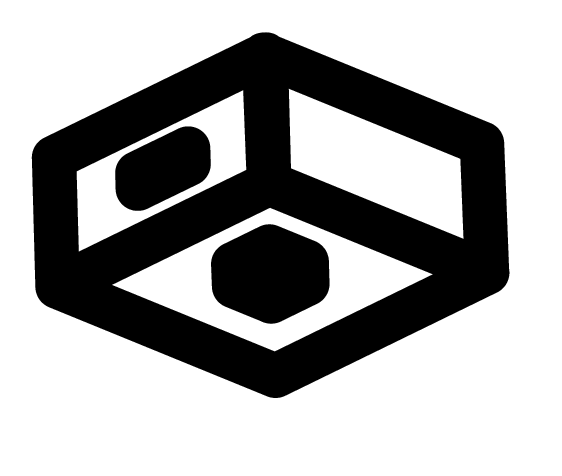Healthcare And Technology: A Unified Analytical Approach For A Competitive Advantage
Bankim Chandra is Director & CEO of Dotsquares. Always committed to innovative solutions and mentoring the next generation in the industry.

As our recent history around the globe has shown, there is an unavoidable link between technology and the healthcare industry. The ability to innovate and bring solutions to market is quicker than ever, ensuring these innovations help to transform the business of healthcare by creating efficiencies for providers as well as cutting time and costs so that patients can enjoy better outcomes from their treatment plans.
Several solutions have recently come to market that show advances in other technology markets are being implemented in healthcare.
Artificial intelligence (AI) is a big driver in 2021 and is replacing conventional labor-intensive and time-consuming processes. This expands across the diagnosis, treatment and disease prevention processes and is now permeating clinical workflow management (via highly focused medical-based customer relationship management [CRM] systems), advanced surgery assistance and medical diagnostics
For example, some healthcare providers now offer AI-powered autonomous monitoring platforms. These employ a wide range of sensors to provide exceptional monitoring capabilities. Through the development of application programming interfaces (APIs), the benefits can be extended into other third-party systems for a comprehensive solution. One European-based startup has developed a tool for cardiac risk diagnosis and measurement. This uses AI algorithms to mimic the steps a cardiologist would take during a regular examination, resulting in a far faster diagnosis (from 30 minutes to five minutes) along with increased accuracy.
This use of sensors is an acceleration of the Internet of Medical Things — connected devices, equipment and infrastructure that enable applications such as automatic disinfection capabilities, smart diagnosis and remote patient management. These advances in connected devices have come from the back of telemedicine, which has been with us for a number of years and has increased due to the pandemic. One key here is the adoption of electronic health records (EHR). As these have moved further away from their paper equivalents and standardization has taken hold, these are the reliable "data" that is vital to healthcare providers.
Let's look at the U.K. as an example and the National Health Service (NHS). While the development and rollout were painfully slow once lockdowns hit, an app was developed to notify people when they had been in contact with an infected person using a specific algorithm to determine likely outcomes. The app takes into account the time spent with the infected individual, the measure of distance (using the phone's inbuilt architecture) and a separate algorithm to determine the risk of infection. The app database is cross-referenced against other NHS data (such as testing data) to ascertain likely risk. The NHS app also tackles the thorny issue of privacy, and as such, the features and functionality work through the device only without needing any names or identities.
It's not just the more "physical" solutions that are being implemented. Existing organizations in different markets are now turning their focus to healthcare. CRM providers such as Salesforce — which we have a partnership with — now offer specific healthcare solutions, and others like HubSpot Marketing Hub are doing the same. However, this marketplace is (as is often the case) driven by independent specialists. WebPT and NextGen Healthcare offer solutions, and while they may be more focused, they also offer more tailored support. The choice, as ever, is whether to use a customized off-the-shelf offering or develop a solution yourself from scratch. In the long run, the latter could be the most cost-effective solution, but a lot would depend on the required features and functionality.
There is now a stampede within the industry for users, and the EHR has now become the pivotal "currency" in the battle for patients.
Of course, these solutions rely upon huge quantities of data to be transferred and interrogated. In the times of GDPR and further data regulations, individual patients and providers alike place a great deal of importance on what they share with whom and when. The security elements of these solutions are almost spawning new industries themselves, but equally highly personalized data and its interpretation is making patients aware of the new healthcare capabilities and empowering them to make better health decisions for themselves.
As the market shifts in recognition of advances in not only technology but also the pandemic, more and more physical meetings and interactions are being curtailed. Face-to-face appointments with physicians are becoming rarer, leading to applications, data and analytics taking the strain. Technology and healthcare had an inseparable relationship before, and it looks like it will be getting much closer in the very near future.

 Attendees
Attendees
 Sponsors and Exhibitors
Sponsors and Exhibitors
 AI In Healthcare: A Virtual Course
AI In Healthcare: A Virtual Course
 Contact us
Contact us